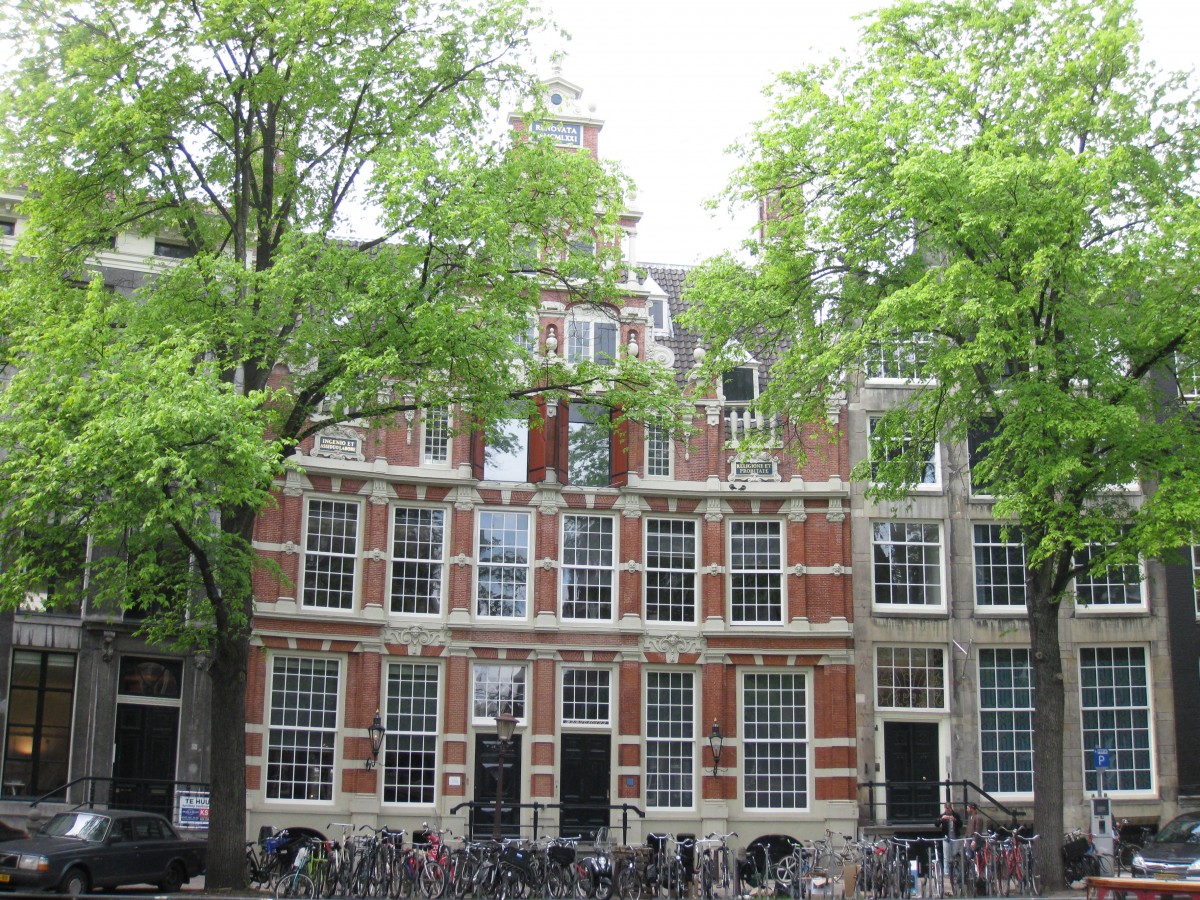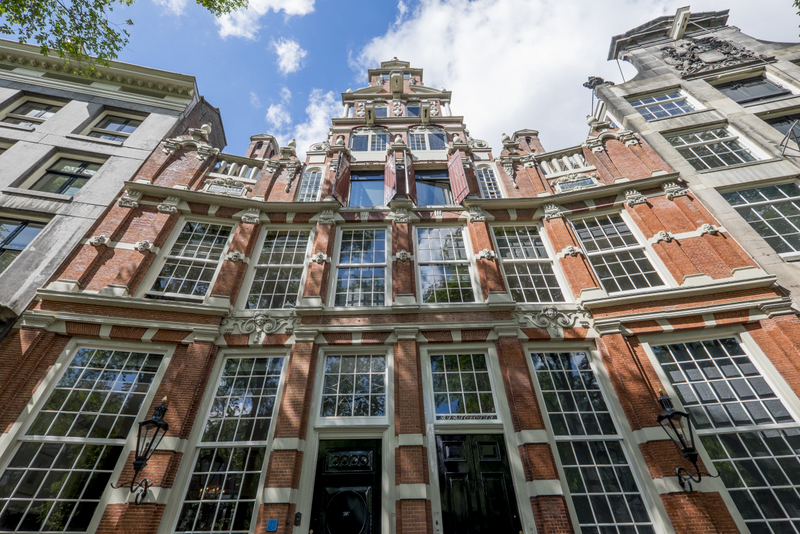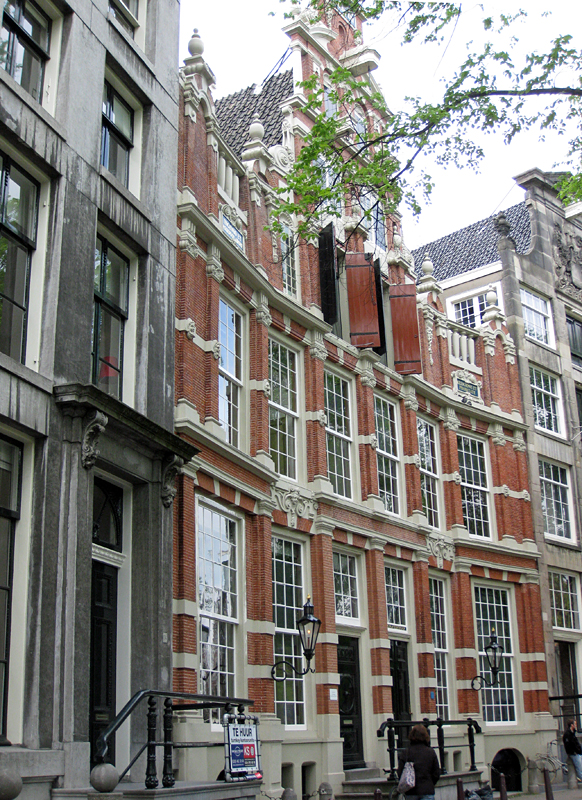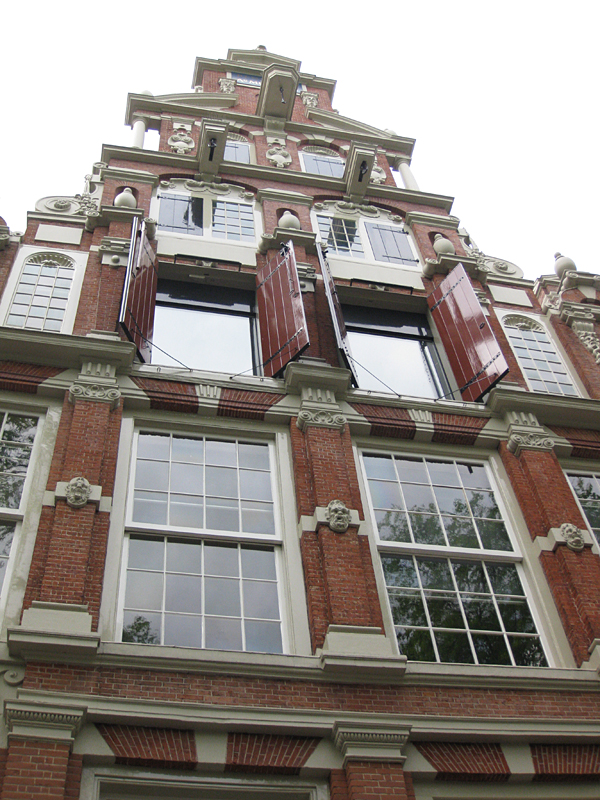Canal House for Rich Merchants
Wealthy merchants in Amsterdam commissioned impressive canal houses in the seventeenth century to display their wealth and status. These monumental buildings were not only used as residences at the time, but also served as a calling card for success and influence. Most canal houses are now used as offices, museums, or hotels. The Bartolotti House is one of the finest examples of these historic buildings. The Bartolotti House is a museum and can be visited.

The Brewer behind the Bartolotti House
Willem van den Heuvel on the Herengracht
Willem van den Heuvel’s house, better known as the Bartolotti House, is located on the Herengracht, Amsterdam’s most elegant canal. Van den Heuvel made his fortune brewing beer, a lucrative business in the seventeenth century. In those days, the canal water served as drinking water, but because it was polluted, large and small breweries sprang up along the canals.
Beer as a Healthy Alternative to Water
Beer was popular in the 17th century, not only for its taste, but also because it was much healthier than water and cheaper than luxury products like tea or coffee. This enabled Amsterdam’s brewers, including Van den Heuvel, to build a flourishing trade and develop into influential and wealthy citizens.
Italian Name Bartolotti
A Legacy from Italy
Van de Heuvel not only ran a successful brewery, he also inherited a small fortune from his Italian great-uncle. In honour of this uncle, Van den Heuvel changed his first name to Guillelmo and his surname to Bartolotti, the name of his Italian family. In this way, he managed to connect his Dutch success with his international origins and status.

The Right Connections and the Dutch East India Company (VOC)
Thanks to his fortune and the right connections, Guillelmo Bartolotti obtained influential positions. He joined the board of the Dutch East India Company (VOC). He held a monopoly on grain from Russia and became so wealthy that he commissioned Hendrick de Keyzer, Amsterdam’s most famous architect of the day, to design a house befitting his status. In fact, they were two houses that were later merged into one. “Ring the doorbell at number 172 during the day and at number 170 in the evening,” Van den Heuvel is said to have told friends and acquaintances.
Dutch Renaissance Style on the Herengracht
The Bartolotti House still graces the Herengracht. With a double bend, the house follows the curve of the canal. The striking stepped gable and red facade are richly adorned with ornaments such as decorative vases, balusters, and medallions and are much more opulent than the other canal houses. Two inscriptions reveal the virtues the seventeenth-century bourgeoisie considered important: Ingenio et Assiduo Labore (talent and drive) and Religione en Probitate (piety and virtue).
Address: Herengracht 170
This is part 1 of the series Stately Canal Houses in Amsterdam.
1. Bartolotti House: a canal house built by a rich brewer.
2. Willet-Holthuysen: a peep into the home of the well-to-do
3. Cat Cabinet: a canal house full of cats, real ones and portraits




